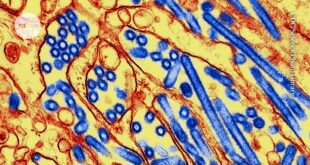Suspended Animation in Space Travel May Be Feasible
Researchers have demonstrated that ultrasonic pulses can trigger hibernation in rodents, leading experts to suggest that the same discovery in humans could be used to induce a hypometabolism state to send astronauts to suspended animation during long-distance space travel. The experiment conducted on rats revealed a 1-degree Celsius drop in their core body temperature when the brain region responsible for body temperature and metabolism regulation was targeted using hemispherical ultrasound. Researchers also developed an automatic closed-loop feedback mechanism to keep the rats in induced torpor for 24 hours. The ultrasound system was turned off, and the rats woke up again. These findings are encouraging as they suggest that humans may retain a vestigial hibernation circuit in their brains that can be artificially reactivated.
Medical Applications of Inducing Torpor-Like States
The ability to induce a torpor-like state may have medical applications, especially in treating heart attacks and strokes, where slowing down metabolism could buy time for medical intervention. Additionally, the non-invasive approach opens up the possibility of developing wearable ultrasound devices such as helmets, which rescue workers can use to induce hypometabolism in emergency situations. The researchers expect to test the technique on larger animals to determine its feasibility for human application.
How the Experiment Was Conducted and Its Significance
The researchers identified a group of neurons in the deep brain region called the hypothalamus preoptic area responsible for regulating body temperature and metabolism during hibernation. Using ultrasound delivered non-invasively through a helmet, they artificially activated these neurons in mice and achieved a temperature drop of approximately 3 degrees Celsius for about an hour. The mice’s metabolism shifted from using carbohydrates and fat for energy to only fat, and their heart rate dropped by about 47% at room temperature – all key features of torpor. The same technique was successful with rats, which can’t hibernate naturally. The experiments were described in the journal Nature Metabolism, and Prof. Martin Jastroch of Stockholm University described the findings as a breakthrough, providing a safe way to experiment with inducing torpor-like states in humans.
 Mind Uncharted Explore. Discover. Learn.
Mind Uncharted Explore. Discover. Learn.
